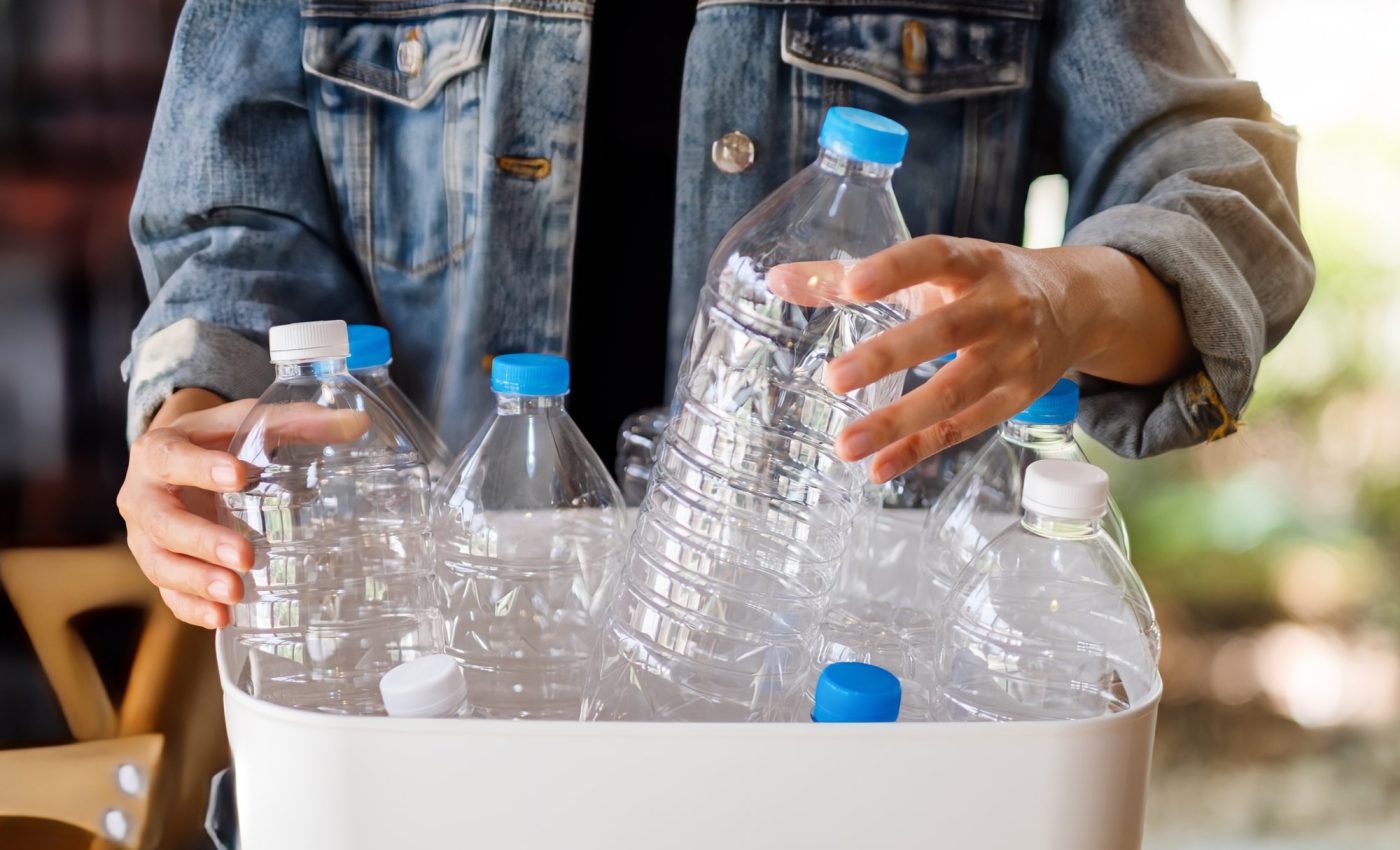
Plastic waste can be used to make electronic devices
Researchers at the University of Delaware (UD) and the Argonne National Laboratory have discovered a chemical reaction that can convert the hard plastic material Styrofoam into PEDOT, a valuable conducting polymer.
This breakthrough, detailed in the journal JACS Au, demonstrates how upgraded plastic waste can be effectively used in functional electronic devices like silicon-based hybrid solar cells and organic electrochemical transistors.
The role of PEDOT
Led by Laure Kayser, an assistant professor in the Department of Materials Science and Engineering at UD, the research team sought to synthesize PEDOT from plastic waste.
The collaboration began when Kayser connected with Argonne chemist David Kaphan at a UD research event. The experts hypothesized that PEDOT could be produced by sulfonating polystyrene, a common synthetic plastic found in disposable containers and packing materials.
Striking the right balance
Sulfonation, a process where a hydrogen atom is replaced by sulfonic acid, is used in various products, from dyes to drugs. However, finding the right balance in the reaction – efficient yet gentle enough to avoid damaging the polymer chain – was crucial.
“A reagent that is efficient enough to get really high degrees of functionalization but that doesn’t mess up your polymer chain,” Kayser explained.
Months of trial and error
The team initially used a method for sulfonating small molecules, employing 1,3-Disulfonic acid imidazolium chloride ([Dsim]Cl).
However, sulfonating polymers is more complex due to the challenges in separating byproducts and maintaining the polymer’s integrity.
This led to months of trial and error to optimize conditions and minimize side reactions, as Kelsey Koutsoukos, a materials science doctoral candidate, noted.
“We screened different organic solvents, different molar ratios of the sulfonating agent, and evaluated different temperatures and times to see which conditions were the best for achieving high degrees of sulfonation,” said Koutsoukos.
Converting plastic waste to electronic materials
Ultimately, the researchers identified conditions that achieved high polymer sulfonation with minimal defects and high efficiency using a mild sulfonating agent.
By utilizing waste Styrofoam, their method also represents an efficient way to convert plastic waste into PEDOT. Once produced, the team compared their waste-derived PEDOT with commercially available versions.
“The performance of both types of conductive polymers was comparable, and shows that our method is a very eco-friendly approach for converting polystyrene waste into high-value electronic materials,” said lead author Chun-Yuan Lo, a chemistry doctoral candidate at UD.
Specific analyses conducted at UD included X-ray photoelectron spectroscopy (XPS), film thickness analysis, and solar cell evaluation, while Argonne’s advanced spectroscopy equipment provided detailed polymer characterization.
Minimizing waste generation
An unexpected discovery was the ability to use stoichiometric ratios during the reaction, minimizing waste generation.
“Typically, for sulfonation of polystyrene, you have to use an excess of really harsh reagents. Here, being able to use a stoichiometric ratio means that we can minimize the amount of waste being generated,” Koutsoukos explained.
Making electronic materials from trash
The research team plans to further explore this finding to fine-tune the degree of sulfonation, impacting the electrical properties of PEDOT. They aim to apply this capability to other applications, such as fuel cells or water filtration devices.
“For the electronic devices community, the key takeaway is that you can make electronic materials from trash, and they perform just as well as what you would purchase commercially,” Kayser said.
“For the more traditional polymer scientists, the fact that you can very efficiently and precisely control the degree of sulfonation is going to be of interest to a lot of different communities and applications.”
Global sustainability efforts
The researchers also see significant potential for contributing to global sustainability efforts by converting waste products into valuable materials.
“Many scientists and researchers are working hard on upcycling and recycling efforts, either by chemical or mechanical means, and our study provides another example of how we can address this challenge,” Lo said.
Thus, the study not only demonstrates an innovative method to upcycle Styrofoam into high-value conducting polymers but also underscores the potential for these plastic waste materials to be used in functional electronic devices.
Upgrading plastic waste to electronics
This research highlights the environmental benefits and the practical applications of transforming plastic waste into valuable resources.
“A wide range of aromatic plastics were efficiently sulfonated, including expanded polystyrene, obtained from plastic waste packaging. We used this approach to upgrade plastic waste to a conducting polymer containing two-thirds of plastic waste by mass,” noted the researchers.
“This material proved efficient in organic electrochemical transistors and silicon-based hybrid solar cells, highlighting the potential of this sulfonation approach to access high-quality electronics from waste plastics.”
The researchers believe their innovative technique will stimulate interest in developing sustainable approaches toward electronic materials through plastics-to-electronics upgrading.
—–
Like what you read? Subscribe to our newsletter for engaging articles, exclusive content, and the latest updates.
Check us out on EarthSnap, a free app brought to you by Eric Ralls and Earth.com.
—–













